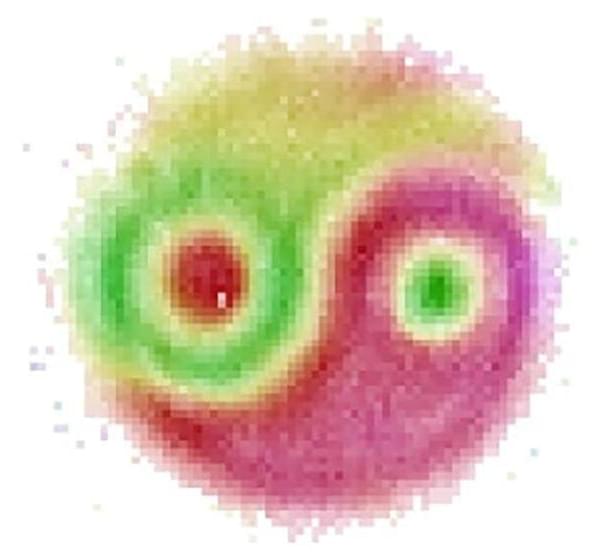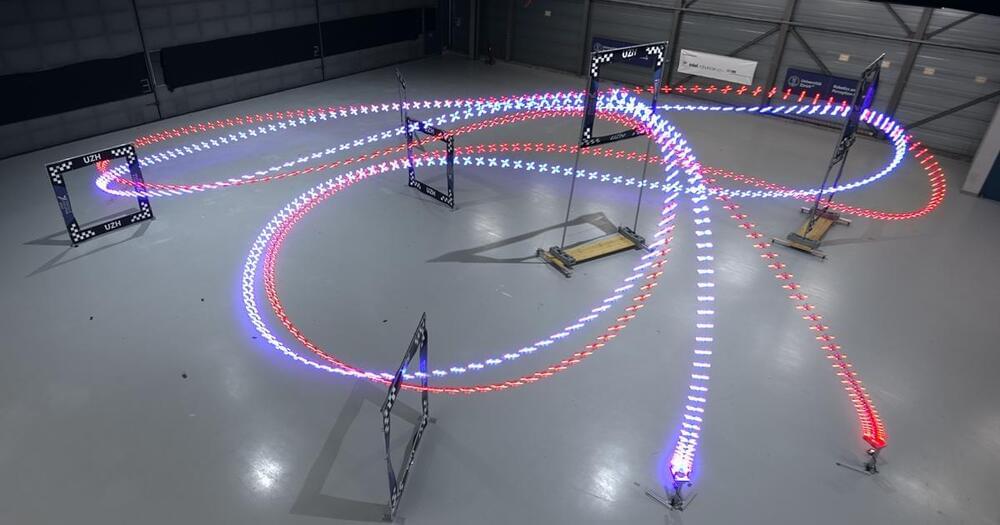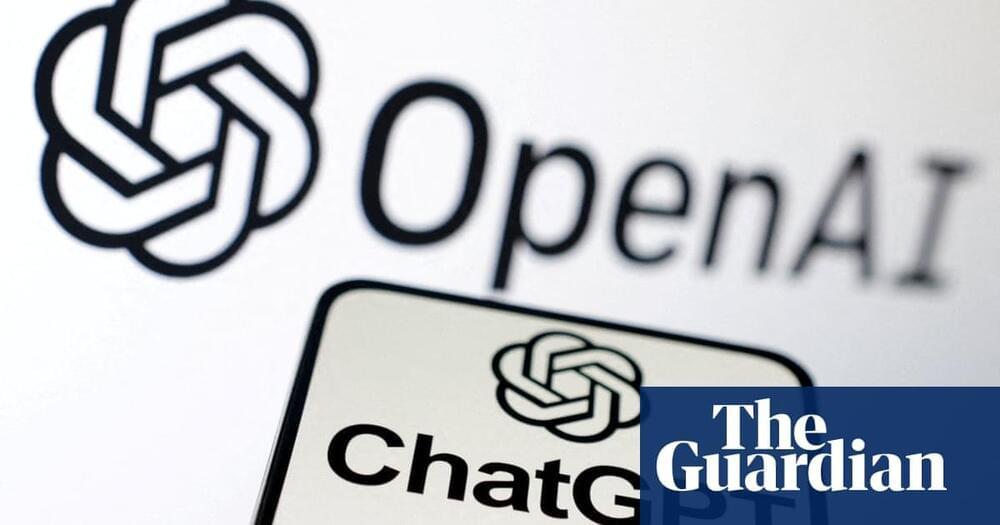Travel around the world with author Dan Buettner to discover five unique communities where people live extraordinarily long and vibrant lives.



The mysterious phenomenon that Einstein once described as “spooky action at a distance” was seen as a wavefunction between two entangled photons.
Quantum physics, the realm of science that describes the Universe at the smallest scales, is known for its counter-intuitive phenomena that seem to defy every law of physics on an everyday scale.
Arguably none of the aspects of quantum physics are as surprising or as troubling as entanglement, the idea that two particles can be connected in such a way that a change to one is instantly reflected in the other, even if the two particles are at opposite sides of the Universe. It’s the word “instantly” that troubled Albert Einstein enough to describe entanglement as “spooky action at a distance”.

X’s new privacy policy, which is due to come into effect on September 29, states that the company “may use the information we collect and publicly available information to help train our machine learning or artificial intelligence models for the purposes outlined in this policy.” This policy is not included in its previous terms, which are still posted online.
Musk responded to a post about this change on X, saying that it would only use publicly available information to train the AI and would not use “DMs or anything private.”
During a live audio session on X – formerly Twitter – in July, Elon Musk said that his AI startup, xAI, would use public data from his social media platform to train its AI models. Insider reached out to X for comment but didn’t immediately hear back. It is not clear how it will use the information from X and which AI models this relates to.

In what can only bode poorly for our species’ survival during the inevitable robot uprisings, an AI system has once again outperformed the people who trained it. This time, researchers at the University of Zurich in partnership with Intel, pitted their “Swift” AI piloting system against a trio of world champion drone racers — none of whom could best its top time.
Swift is the culmination of years of AI and machine learning research by the University of Zurich. In 2021, the team set an earlier iteration of the flight control algorithm that used a series of external cameras to validate its position in space in real-time, against amateur human pilots, all of whom were easily overmatched in every lap of every race during the test. That result was a milestone in its own right as, previously, self-guided drones relied on simplified physics models to continually calculate their optimum trajectory, which severely lowered their top speed.
This week’s result is another milestone, not just because the AI bested people whose job is to fly drones fast, but because it did so without the cumbersome external camera arrays= of its predecessor. The Swift system “reacts in real time to the data collected by an onboard camera, like the one used by human racers,” an UZH Zurich release reads. It uses an integrated inertial measurement unit to track acceleration and speed while an onboard neural network localizes its position in space using data from the front-facing cameras. All of that data is fed into a central control unit — itself a deep neural network — which crunches through the numbers and devises a shortest/fastest path around the track.




The Guardian has blocked OpenAI from using its content to power artificial intelligence products such as ChatGPT. Concerns that OpenAI is using unlicensed content to create its AI tools have led to writers bringing lawsuits against the company and creative industries calling for safeguards to protect their intellectual property.
The Guardian has confirmed that it has prevented OpenAI from deploying software that harvests its content.


As humanity’s gaze turns towards the stars, one name stands at the forefront of the space exploration revolution: Elon Musk’s SpaceX. Among its many ambitious projects, the SpaceX Starship promises to reshape our understanding of interplanetary travel. This colossal 9-meter diameter rocket has captured our imagination with the grand vision of shuttling thousands of people on a six-month journey to Mars. But what lies within this futuristic vessel? What can we expect from the spaceship interior that aims to make long-duration space travel a reality?
Historically, our mental image of a spacecraft has often been based on cramped capsules, such as the iconic Apollo 11, Soyuz, or Dragon. These designs, while functional, have offered little in the way of comfort. Even modern incarnations like the Orion spacecraft still lack the headroom to stand upright inside the Command Module. With its larger size, the space shuttle hinted at more livable conditions, but it still fell short of providing ample space for extended journeys.
Enter the SpaceX Starship—a towering, 9-meter diameter rocket that evokes images of Flash Gordon’s futuristic transport. Elon Musk’s vision of a vessel capable of shuttling thousands to Mars within six months is a compelling proposition. However, spending half a year in the confined space of a metal box hurtling through an interplanetary void is daunting, even if the box is quite spacious. As we anticipate the Starship interior, our expectations are high, and speculation runs rampant about what life onboard might entail.